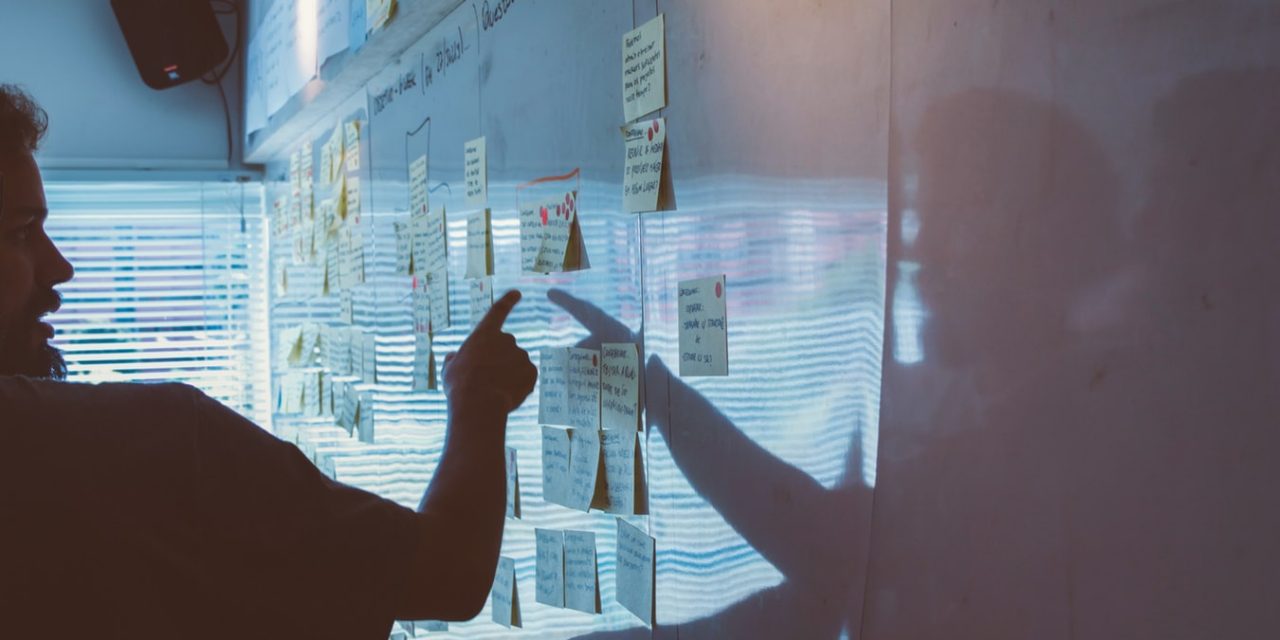Designing rituals for you and your team to use is a surefire way of improving your digital collaboration and communication. It also helps in building up a company culture, interpersonal relationships, and a whole heap of other things that are beneficial for your remote team.
As you probably already know from working remotely, communication is an absolute cornerstone in working efficiently with others outside of the office. Without good comms, the remote workplace really doesn’t exist! Rituals can sound a bit scary, but don’t worry. Once you work through these top tips, you’ll be off to a flying start in no time.
Remember that getting team buy-in for your rituals is also key, so it might take a few goes before you land on something that everyone loves. The formula for great digital collaboration is pretty simple: you need the right people, working with the right tools, all using the correct rituals that are suited to your team. Let’s get into it!
The formula for great collaborative work
I’ve just mentioned three different things you need to have to make sure that everything is working smoothly and on track. Your team will be made up of a lot of different people with a variety of skill sets, personalities, and experiences that you will want to tap into and harness. Your people will, of course, be using a lot of different tools as well to connect with their teammates and in their work process. The list of different remote tools is endless, but they’re essential in the remote environment.
So now you have the people and the tools, but that’s not everything that has to be in place. You need rituals, too. But what exactly is a ritual, you may ask? Well, it’s something that you do regularly and intentionally. They encourage and develop desired behaviors, as well as build a sense of belonging in the team. It’s a crucial and important method for designing and building up your culture in the way you want, rather than letting it happen by accident.

Some examples of rituals you can implement straight away
Let’s look at some rituals for a few different remote work areas: team building, employee engagement, and improving transparency.
–Team building
With team building, you’re looking for ways to connect with everyone outside of work and create a shared learning experience. This will have a direct knock-on effect on the work everyone produces inside the (remote!) office. You can think about having check-ins at the beginning of a meeting, rather than going straight into what’s on the agenda. Virtual or real company retreats also work as something that happens once a year, or even just a weekly catch up session on a Friday morning where people share what they have been doing outside of work. You can structure it in a way to make it a bit more engaging, by maybe making everyone create a slide of twi to share with the team.
–Employee engagement
Employee engagement rituals make sure that everyone gets involved in meetings or tasks, as sometimes people can get left out. This could be due to different team member personalities, the way you conduct meetings, or because of the kind of work that they are producing for the team. Cycling who is in charge of leading a meeting is a fantastic way of sharing responsibility and involving people who might usually take a bit of a back seat. Designating a few minutes for each person at the start of a meeting to get their initial thoughts out, without any interruption, it also a good ritual to make sure people don’t either dominate the conversation.
–Improving transparency
Improving transparency is also important in the remote environment, as people can’t get up to date with all the goings-on in the remote workplace as easily as in an office. Your team members will feel much more relaxed, trusted, and involved if they feel that they work in a transparent company. Some rituals to implement here could be regular company circles where all issues can be discussed, releasing all meeting minutes publicly within the team, or allowing people to ghost in a meeting. Obviously, some discretion must be used for more sensitive matters like HR issues or very confidential information, but in general, there shouldn’t be any secrets!
Creating your own ritual for a specific issue
At Remote-how, we’ve identified a six-step process that will help you create and design a custom ritual for your remote team! Let’s get stuck in:
1) Identify where there’s a problem or tension.
Perhaps you’ve noticed that your team isn’t doing a great job of keeping everyone up to date with what they’re doing. This is causing issues and delays in other people completing their work, or work is even being duplicated!
2) Reframe the issue and turn it into a challenge.
If we look at our previous example, ask yourself the question, “How can I get people to want to share their status, and actively encourage it?” It’s not just about making the team do it — it’s about getting them to enjoy it as well and want to do this chosen behavior.
3) Design the ritual and narrative.
Time to put on your thinking hat! Come up with an idea or a selection of them that your team might like. For our issue, maybe you have a stand up every two days with some benefit attached to it. If your remote team needs to work certain hours, then make the stand up a bit later in the morning and allow the team to get a little break!
4) Think of the narrative.
You need to frame it in a positive way to the team. This way you can explain the benefits that will come about from using the ritual and help get buy-in.
5) Test the ritual and make improvements.
Just give it a go! It may work amazingly well, or there could be some hiccups. Get feedback, improve where you can, and check the results, too.
6) Get rid of a ritual if it’s not working.
Don’t waste too much time on something that isn’t working after multiple attempts of trying to get it right. Just go for something new. Rituals don’t always work, and it will take trial and error to find something everyone likes.
Throughout these six steps, don’t forget to take into account whether your ritual needs to be asynchronous or synchronous. This could be due to people working in different time zones or because of a flexible working hours policy. You may use your ritual synchronously in smaller teams, but have all outcomes and results available asynchronously. Also, think about the tools you’re using and if your ritual fits in with them. It has to be accessible to everyone on the remote team!
Remote managers need more than rituals
Once you’ve got some solid rituals in place, you’ll begin to wonder how your team ever coped without them. The benefits they bring are huge, and you should notice an improvement in the way everyone interacts, their communication, and the quality of work produced. They’re just such a useful tool for solving individual issues. It will take some experimentation and tweaking, but it’s worth all the time and effort once you finally get there.










